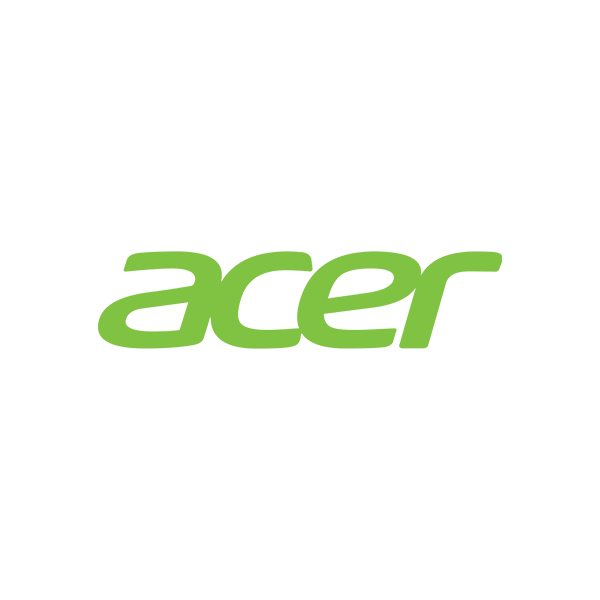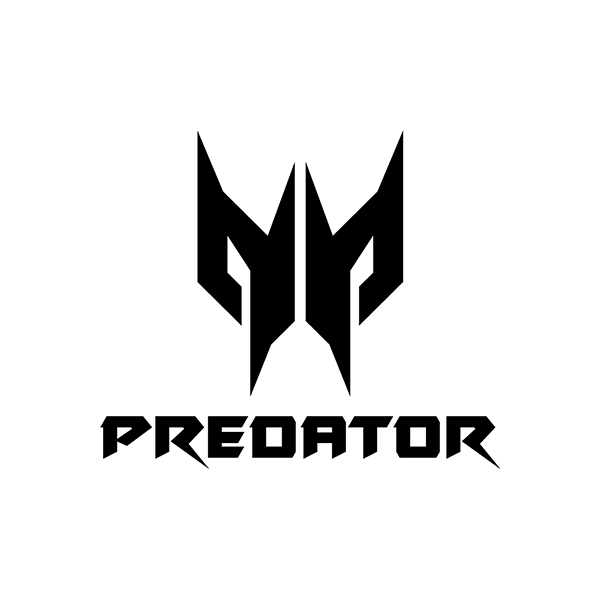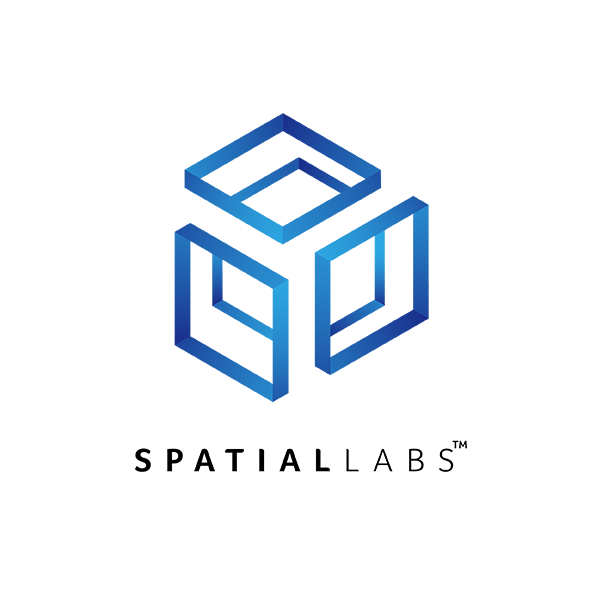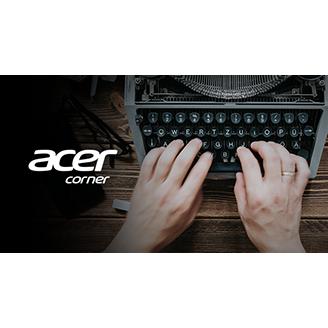Upgrading RAM and storage on a legacy desktop often brings compatibility challenges, such as limited motherboard support for newer memory types or restrictions on maximum capacity. Storage upgrades may also be limited by outdated SATA or IDE connections. Another issue is the power supply, which might not handle modern components efficiently. Deciding whether to replace the motherboard depends on the system’s purpose. If the desktop is only for basic tasks, incremental upgrades like adding compatible RAM or an SSD can extend its life. However, for performance-heavy needs, replacing the motherboard is usually the more practical long-term solution.








